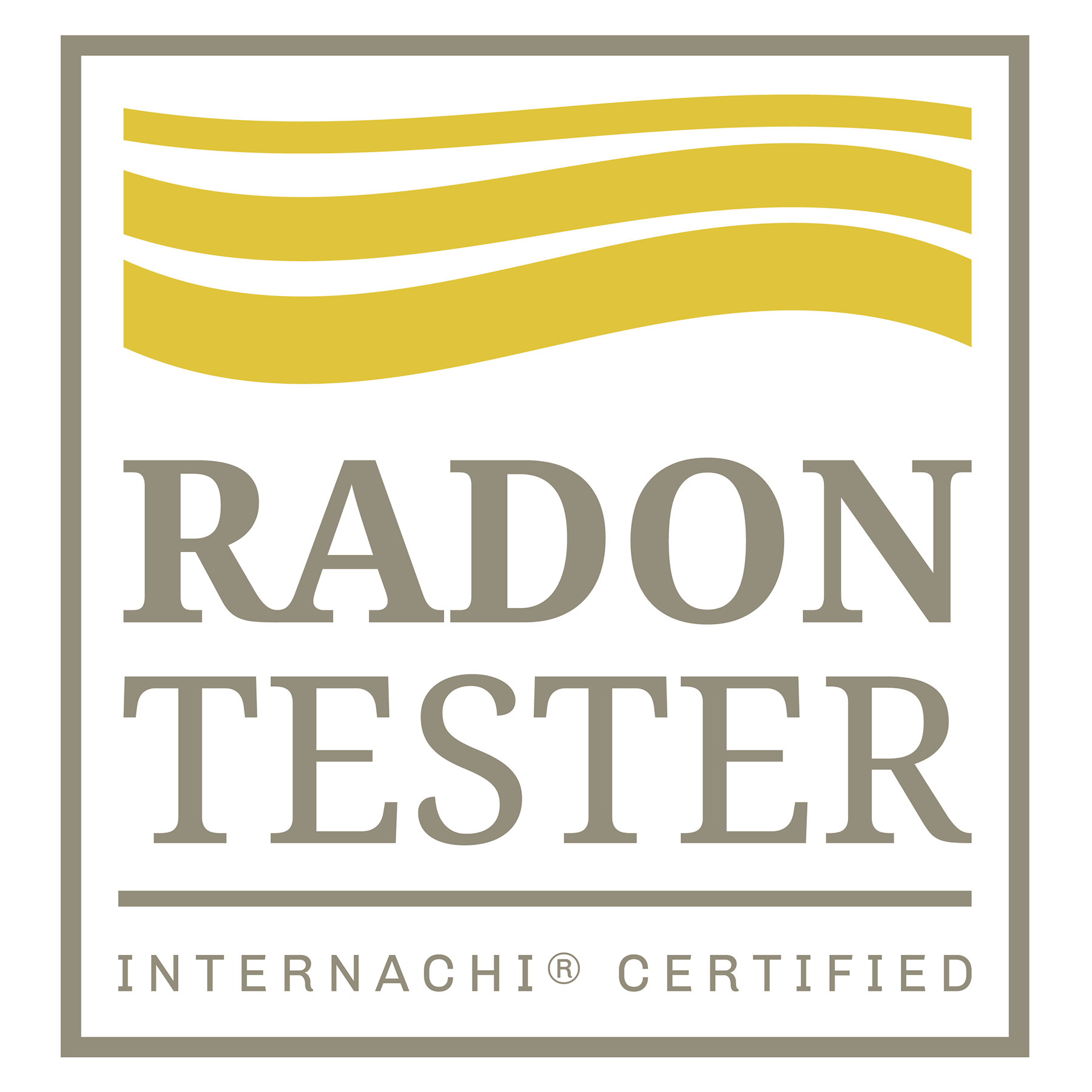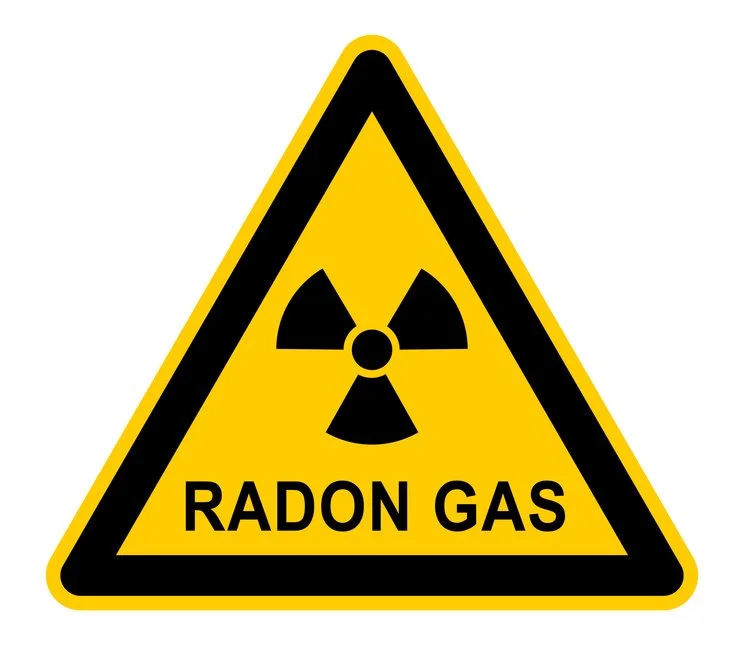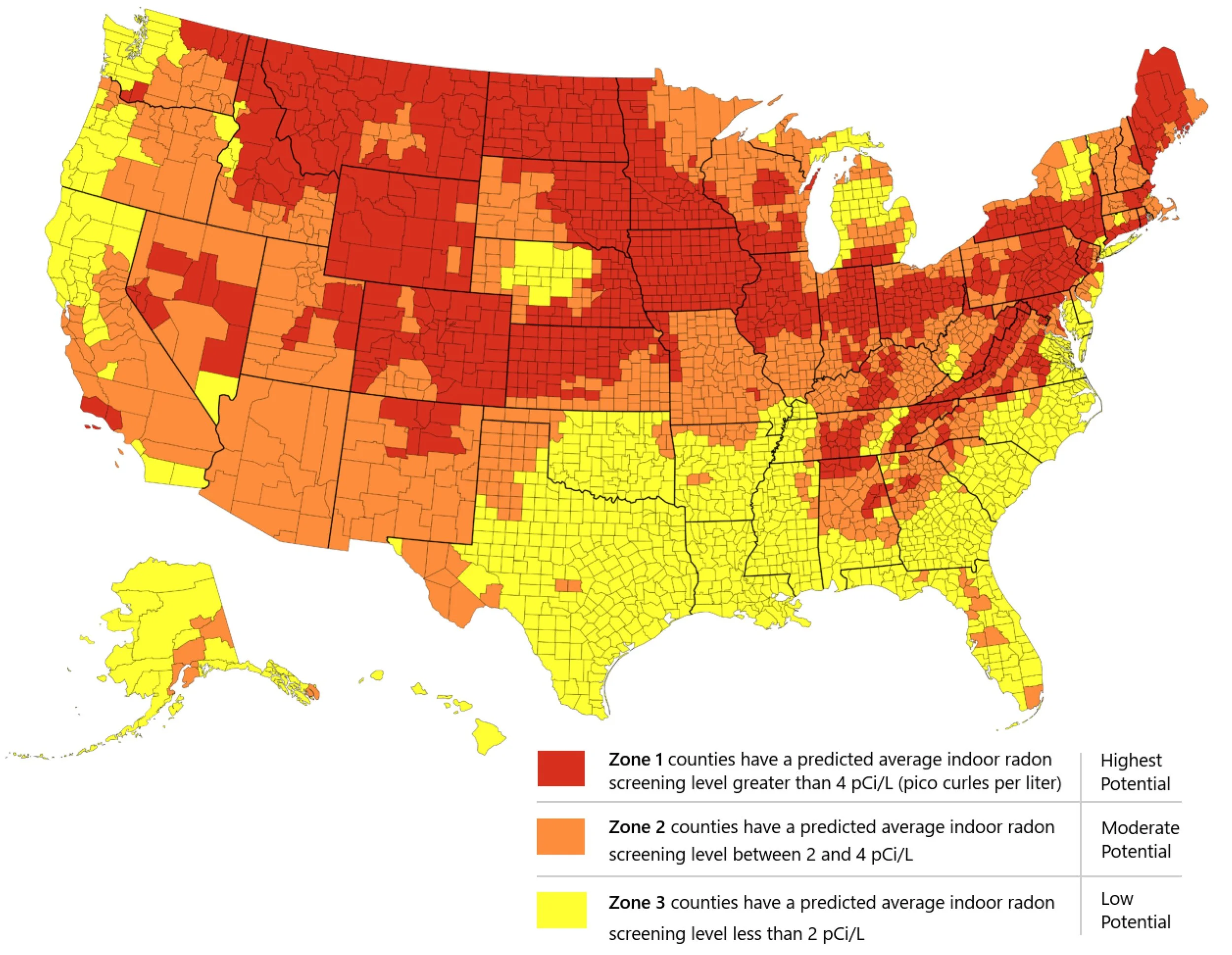
RADON TEST

Residential Radon Testing
We provide accurate radon testing for homes in Charlotte, NC and surrounding areas. The test takes 48 hours, and the report is made available immediately afterwards.
The U.S. Environmental Protection Agency (EPA) strongly recommends radon testing for all real estate transactions. This recommendation is echoed by the U.S. Surgeon General. Because Radon gas is tasteless and odorless, testing for it is the only way to determine if a home has elevated levels, which can pose a health risk.
About Radon (Rn)
Radon is a decay product of uranium and radium, which are naturally occurring elements within the Earth's crust. Trace amounts of Radon is found in in virtually all rock, water, and soil on Earth. Radon is ubiquitous in our environment, and generally harmless in these conditions.
However, when Radon is concentrated in tight spaces such as the interior of a building, it poses a cancer risk. Because Radon is completely tasteless, odorless, etc., it can pose a silent risk on our homes. Exposure to Radon is the second leading cause of lung cancer.
FUN FACT: The danger of Radon in homes was not discovered until the mid-1980’s, when a construction worker at a nuclear power plant kept tripping radiation alarms. The perplexing thing about this was that the plant was not operational. It did not have radioactive material. An investigation eventually found that the basement of his home was completely inundated with Radon. The concentration of Radon in his home had the equivalent affect of smoking 135 packs of cigarettes per day, effectively increasing his family’s chances of developing lung cancer by 14%.
Radon Heat Map
Below is a National Radon map published by the Environmental Protection Agency (EPA). It categorizes each county by level (1-3). The Piedmont region of North Carolina is known to have hot spots, where one home may have no issue at all with Radon while the home next door has concentrated levels that require mitigation.
Radon In Homes
There are 4 primary ways that Radon enters a home:
Cracks / Openings in the Foundation
Construction Joints
Service Pipes
Water Supply (particularly well water)
The difference in air pressure between the inside of a building and the surrounding soil can also draw radon into the home.
Important: Radon is capable of getting into a home regardless of its foundation type (slab, basement, crawl space).
Helpful Resources
See below links for more information on Radon in homes:
Federal Radon Action Plan (FRAP)






